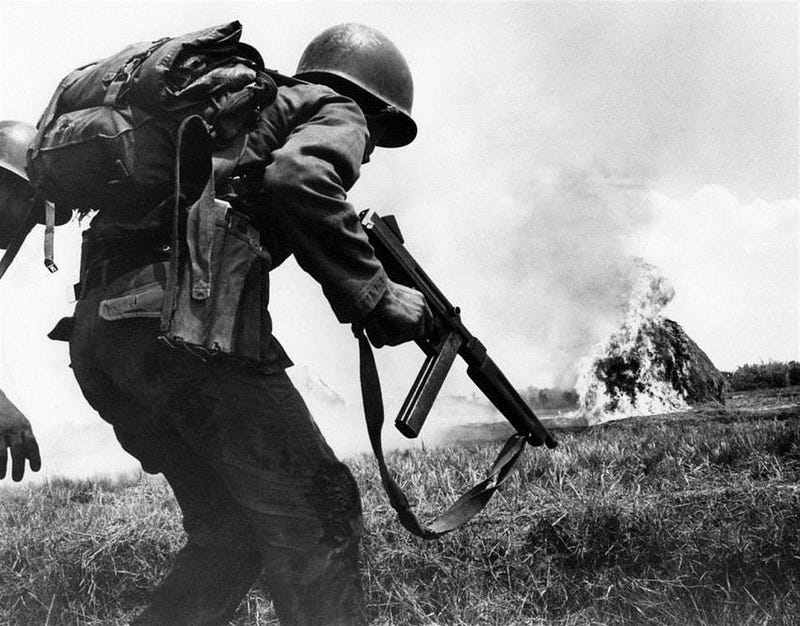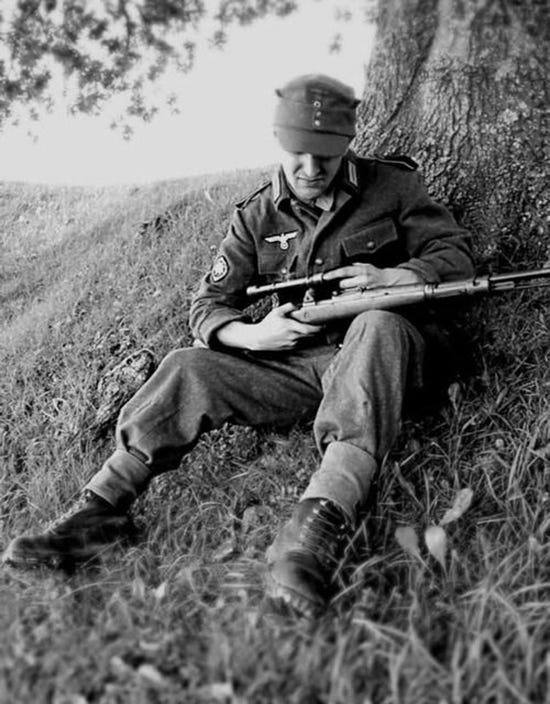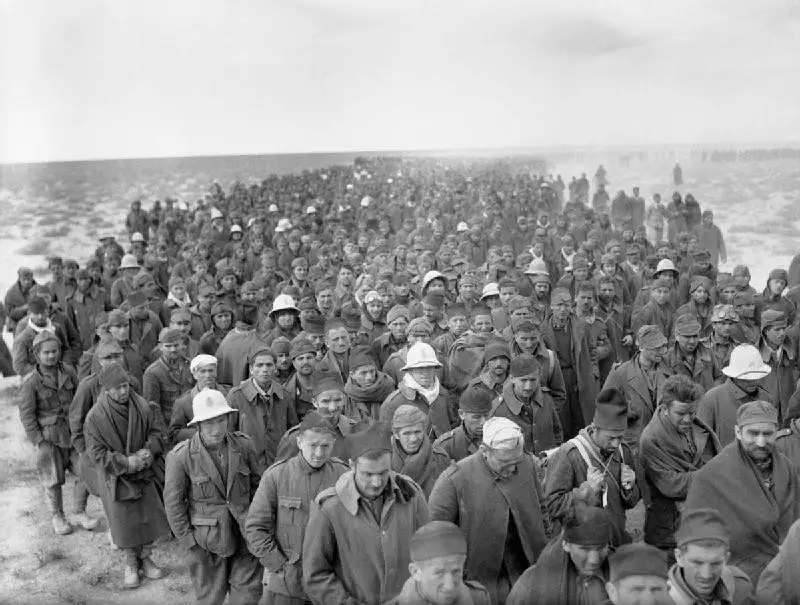 istory is written by the victors as such, we seldom hear about the atrocities committed by those on the winning side of conflicts. This principle has applied to wars since the start of recorded history. As such many learn a very one-sided part of history, one which misrepresents what history, more specifically war, is like. One of the biggest offenders of this is the United States. Throughout its existence, the US has committed many atrocities that never see the same media attention as the massacres their enemy commits.
istory is written by the victors as such, we seldom hear about the atrocities committed by those on the winning side of conflicts. This principle has applied to wars since the start of recorded history. As such many learn a very one-sided part of history, one which misrepresents what history, more specifically war, is like. One of the biggest offenders of this is the United States. Throughout its existence, the US has committed many atrocities that never see the same media attention as the massacres their enemy commits.
This is especially true when we look at how the Second World War is talked about in schools. So much emphasis is put on the evils of the Japanese and Germans that many miss out that the US is responsible for doing the exact same thing they condemn other countries of doing, a trend which can be seen today with how the US is handling protests, something that the freedom-loving country would never allow to happen in another country. Due to this blatant media bias, I would like to discuss a time when the US was, for once, the bad guy.
The invasion of Sicily
During the liberation of Europe by the Allies, the offensive in the east perpetrated by the Soviets and the landings in France by the western Allies during D-Day are usually what historians focus on. Before the western Allies were able to land in France, they undertook another campaign to get their troops in Europe, this was done through the invasion of Italy, starting with the invasion of Sicily.

During the early stages of the invasion, the 180th Infantry Regiment was told to capture the Biscari airfield due to its strategic importance on the island. Although they faced fierce resistance due to being opposed by both German and Italian forces, the regiment managed to push on and, by 14 July 1943, had captured 47 prisoners during the fierce fighting. The executive officer for the battalion, Major Roger Denman, ordered Sergeant Horace T. West, a 33-year-old NCO, “[to take the prisoners] to the rear, off the road, where they would not be conspicuous, and hold them for questioning.”
37
West, as well as a few colleagues, marched the 47 shirtless and shoeless POWs around a mile away from the front line. Once far away from the front line West split the group with 8 to 9 prisoners being taken to the regimental intelligence officer and the other ones remaining with West and the rest of the soldiers assisting him.
West took the remaining POWs to the side of the road where he lined them up, after which he borrowed a Thompson machine gun from the squad’s senior NCO. When the senior NCO asked West what he was going to do, he responded coldly: “[Im going to] kill the sons of bitches.” What followed was a massacre; West proceeded to spray at least 2 Thompson magazines into the group, after which he went one by one and shot those still moving in the heart to make sure they were dead.

This event only came to light after chaplain, Lt. Col. William E. King found the bodies of the soldiers on the roadside the next day. He went to his senior officers and reported what he saw, but he was initially dismissed due to the bad publicity this would create for the Allies. West got off lightly as he willingly gave himself in but pleaded not guilty. He was found guilty and sentenced to life in prison but went on to spend less than a year after he was pardoned by Eisenhower.
36

On 14 July 1943, the 1st Batallion of the 180th Infantry Regiment arrived at the Biscari airfield to aid in its capture. On arrival, the battalion was showered in artillery fire and sniper fire. The enemy snipers were ruthless, shooting anyone on the ground and anyone who tried to help those on the ground. During the battle, 12 of the 34 in the 2nd Platoon were either killed or injured by the relentless barrage.
Private Raymond C. Marlow saw how the enemy was massacring his platoon and decided he must do something. He crawled 25 yards towards where the enemy was shooting from, trying to stay hidden. He performed this successfully and managed to catch an Italian sniper off guard. Marlow raised his rifle and shouted at the Italian, who ran away to a dugout nearby, shortly coming back out with his hands up along with another 35 people, some of which were dressed in civilian clothing.
Marlow reported his capture to the squad leader, saying that”[he got] those fellows that were shooting at us while we were getting out from under that artillery fire.”
This statement was made with no backing, as when an interpreter asked the people Marlow captured if they were shooting at the platoon, he received no response. Even so, we know that at least one of the prisoners was shooting at the Americans as Marlow caught one of them while he was shooting.
Captain John T. Compton had to make a decision on what he should do with the prisoners. Once Marlow told him that these were likely the men that were shooting at them earlier, he said: “Get them shot.”
Compton accompanied the firing squad of about 11, which lined up the prisoners and placed themselves around 2 meters away from them. The prisoners first pleaded with the men not to shoot them, but they shortly saw that their fate was already decided. In a desperate try for self-preservation, many ran away. Compton told the 11 soldiers there, “[I don’t] want a man left standing when the firing was done.”
Compton was never properly reprimanded as he cited the “I was only following orders” line. A line that worked for him as he was acquitted by the trial. He was subsequently moved to the 179th Infantry Regiment and died on 8 November 1943 while fighting in Italy.
“Orders”
We can see why the saying “history is written by the victors” exists now. In Compton’s case, he ordered the death of 36 POWs and cited that he was “only following orders.” His case has never gotten as much publicity as the cases of Nazi commanders who also ordered the performance of war crimes and cited that they were “only following orders”.
The treatment of these men also differs as one was acquitted for his actions, and the other was hanged as a show to the world that committing crimes against civilians is something to be condemned, an ironic outcome in our scenario.
If you are going to take away anything from this article, make sure it’s the fact that history is always two-sided. Once you delve deeper into each side of a conflict, instead of the black and white, good vs bad image that the media portrays, you will find a much greyer picture being painted. With good and bad on both sides, not only one.

Student of Philosophy, Politics and Economics. History fanatic. Contact: aneculaeseicg@gmail.com





